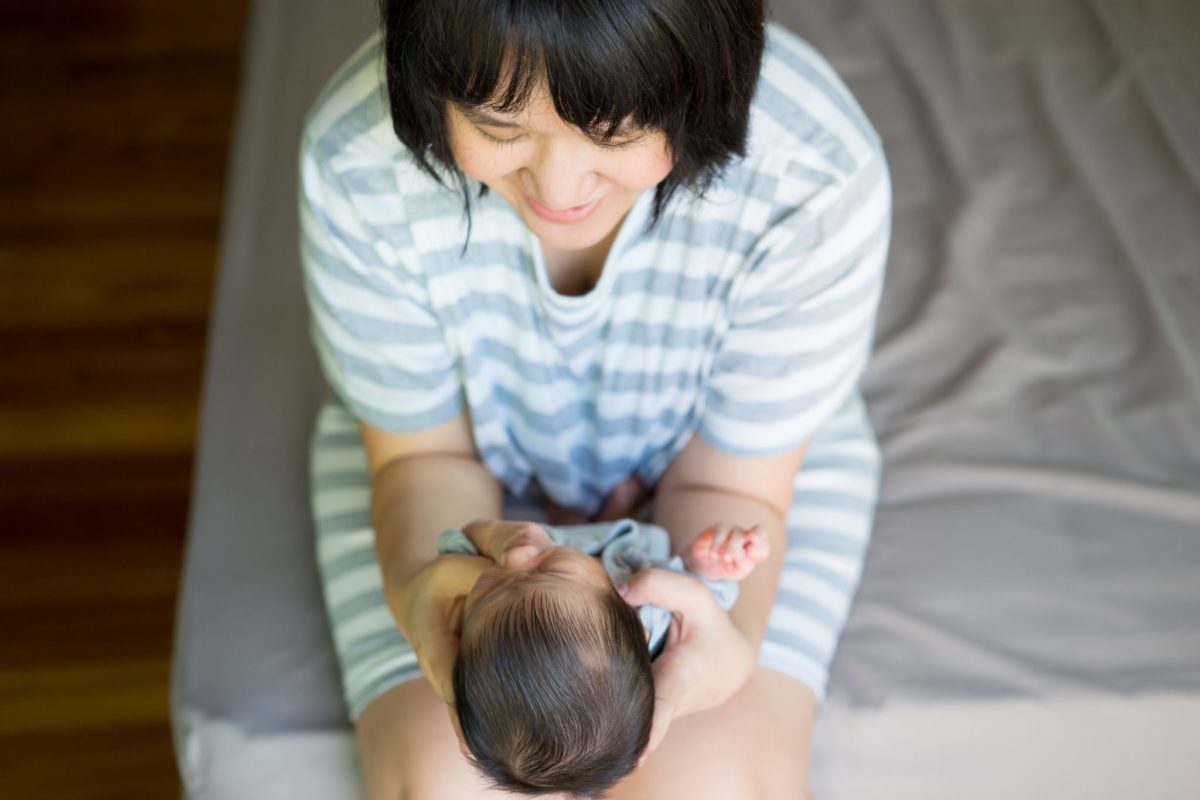Why 1,000 Days

The 1,000 days between a woman’s pregnancy and her child’s 2nd birthday offer a unique window of opportunity to build healthier and more prosperous futures. A growing body of research shows that the nutrition and care a mother and her child receive during this time set the stage for their short – and long-term health and well-being. Specifically, the first 1,000 days are important for:
- Building Brains
Beginning in pregnancy and throughout early childhood, nutrition provides the building blocks for a child’s cognitive abilities, motor skills and socio-emotional development.
- Building Health
Nutrition in the first 1,000 days provides the foundation for lifelong health. It impacts how our bodies and immune systems develop and influences our predisposition to diseases later in life.
- Building a Fair Start
The first 1,000 days are a window of opportunity to build more equal beginnings and put all children on track to flourish. Evidence shows that when young children are well nourished, cared for and protected from disease, violence and toxic stress, they have the best chance at a thriving future.
- Building Prosperity
Nutrition during this period provides the foundation for children to develop to their full potential, setting them up for later success in school and the workforce and a healthy life. Investments in a child’s earliest years are one of the smartest things a country can do to combat poverty and create the human capital needed for economies to diversify and grow.
What Does a Healthy First 1,000 Days Look Like?
The nutrition and care that moms and babies need during every stage of the 1,000-day window looks slightly different. Using recommendations from WHO, AAP and other leading experts, 1,000 Days has identified 10 building blocks for nutrition during the first 1,000 Days.
What Is the Current State of the First 1,000 Days in the US?
By several measures, the US is failing its mothers and young children. The most recent statistics surrounding poverty, food insecurity, maternal mortality, healthcare access, paid leave access and more paint a troubling picture of how women and children go through the 1,000-day window.
- Poverty
One in five (1.6 million) infants and toddlers under age 2 in the United States live in poverty. - Food Insecurity
16% of households with children under the age of six are food insecure, meaning they at times go without adequate food for one or more family members. - Health
Currently, 1 in 12 children in the US are born with a low birthweight, putting them at risk for other health problems. At the same time, the US has one of the highest maternal mortality rates of any wealthy country, and black and American Indian/Alaska Native women are about 3 times as likely to die than white women. Additionally, women of childbearing age are consuming diets with too-few nutrient dense foods and too much saturated fat, added sugar and sodium, and half of women (51.4%) enter pregnancy overweight or obese. 1 in 4 children are overweight or obese by their 5th birthday, and 75% of 1-to-3-year-olds consume too much sodium. - Health Care
Medicaid plays an important role in ensuring moms and babies get the care they need to thrive. Close to half of all births (43%) in the US are paid for by Medicaid, and Medicaid and CHIP currently covers 40% of US children aged 0-5. However, 12% of women ages 14-49 remain uninsured. - Nutrition Assistance Use
Approximately 7.6 million women, infants, and children participate in the Special Supplemental Nutrition Program for Women, Infants and Children (WIC), and nearly half of all infants in the US are served by WIC. However, WIC doesn’t reach everyone who needs it: only 55% of the population who are eligible for WIC are participating. Millions of low-income families with young children also rely on the Supplemental Nutrition Assistance Program (SNAP) to put food on the table. About 2,172,000 households that participate in SNAP have children ages 0 to 1. - Breastfeeding
Too many moms and babies are not benefiting from the powerful effects of breastfeeding. While 83.2% of infants born are ever breastfed, only 24.9% are breastfed exclusively through 6 months. Furthermore, 60% of mothers stated that they did not breastfeed for as long as they intended to, indicating a need for more support. - Paid Leave Access
Only 17% of civilian workers (private and state and local government workers) have paid family leave. That percentage goes down to 5% for the lowest-paid workers. Astonishingly, 1 in 4 women go back to work within 2 weeks of having a child.
Here at 1,000 Days, we believe all moms and babies should have access to the comprehensive supports and services they need for a healthy first 1,000 days. That’s why we’re advocating for solutions like comprehensive health coverage for women, a paid family leave policy for all Americans, science-based dietary guidelines for women who are pregnant or breastfeeding and children under 2, as well as investments in low-income babies, toddlers and their families.

